When it comes to speed, birds don’t mess around. While humans invented supersonic jets and bullet trains, birds have been perfecting their own high-velocity travel for millions of years. In this edition of the PerchMe Bird Blog, we’re breaking down the Migratory Speed Hall of Fame—no technical jargon, just fascinating facts about nature’s original frequent flyers.

1. The Peregrine Falcon: Nature’s Dive Bomber
Top Speed: 240 mph (386 km/h) in a hunting stoop
Migration Distance: Up to 15,500 miles roundtrip
The undisputed heavyweight champion of speed isn’t just fast—it’s insane. When diving to strike prey, peregrines hit speeds that rival Formula 1 cars, making them the fastest animals on Earth. While they don’t migrate at this breakneck pace, their everyday hunting skills are a reminder: birds don’t need engines to be engineering marvels.

2. The Bar-tailed Godwit: Marathoner of the Sky
Top Speed: 55 mph (89 km/h) sustained
Migration Distance: 7,500+ miles nonstop from Alaska to New Zealand
This unassuming shorebird holds the record for the longest nonstop migration flight by any bird. Imagine flying for 11 days straight without food, water, or rest—all while burning half your body weight. Godwits aren’t the flashiest, but their endurance makes ultramarathoners look like couch potatoes.

3. The Common Swift: The 10-Month Flier
Top Speed: 69 mph (111 km/h) cruising
Migration Distance: 12,000+ miles annually
Swifts eat, sleep, and even mate mid-air, touching ground only to nest. Their migration from Europe to sub-Saharan Africa is a masterclass in efficiency. Bonus trivia: Young swifts leave the nest and immediately start a three-year airborne streak—no layovers required.

4. The Ruby-throated Hummingbird: Tiny Torpedo
Top Speed: 30 mph (48 km/h) sustained
Migration Distance: 500+ miles nonstop over the Gulf of Mexico
For a bird that weighs less than a nickel, crossing 500 miles of open water in 18-22 hours is like a human swimming the English Channel… while flapping their arms. Their secret? Doubling their body weight in fuel (nectar and insects) beforehand.
Why Backyards Matter
While these athletes might not stop at your feeder during their epic journeys (except maybe the hummingbird!), your yard plays a role in their survival. Native plants provide rest stops for migrating birds, and clean water sources are like highway rest areas for weary travelers.
A Note from PerchMe:
Our smart bird feeders are designed to help you observe local birds—not to interfere with nature’s rhythms. Think of them as a front-row seat to the everyday drama of backyard wildlife, not a VIP pass to migration highways.

Become a Backyard Birdwatch Pilot
You don’t need radar equipment to appreciate avian speed. Try these simple steps:
1. Track the Clock
Time how long a hummingbird hovers at your feeder . Compare notes with other birders using **#PerchMePaceCheck**.
2. Plant a Speedway Snack Bar
- For hummingbirds: Red tubular flowers + sugar water feeders
- For swallows: A muddy patch for nest-building + open space for insect chasing
3. Listen for Night Flyers
Many migrants travel after dark. Step outside at dusk and listen for faint “zeep” calls overhead—warblers and thrushes are clocking miles while you binge Netflix.
Final Thought:
Birds don’t care about speed records. They’re survivors, navigating storms, cities, and shrinking habitats. But when you notice that blur of wings at your feeder or hear midnight travelers passing through, you’re witnessing a miracle that no jet engine can replicate.
So put down your phone, refill that coffee (we’ll wait), and just watch. Nature’s speed demons are putting on a free show—no subscription required.
P.S. Curious how our feeders help you observe without disturbing? [See how it works] or tag us in your bird moments with #PerchMeObservations. Spoiler: We’ll definitely geek out over your hummingbird videos.

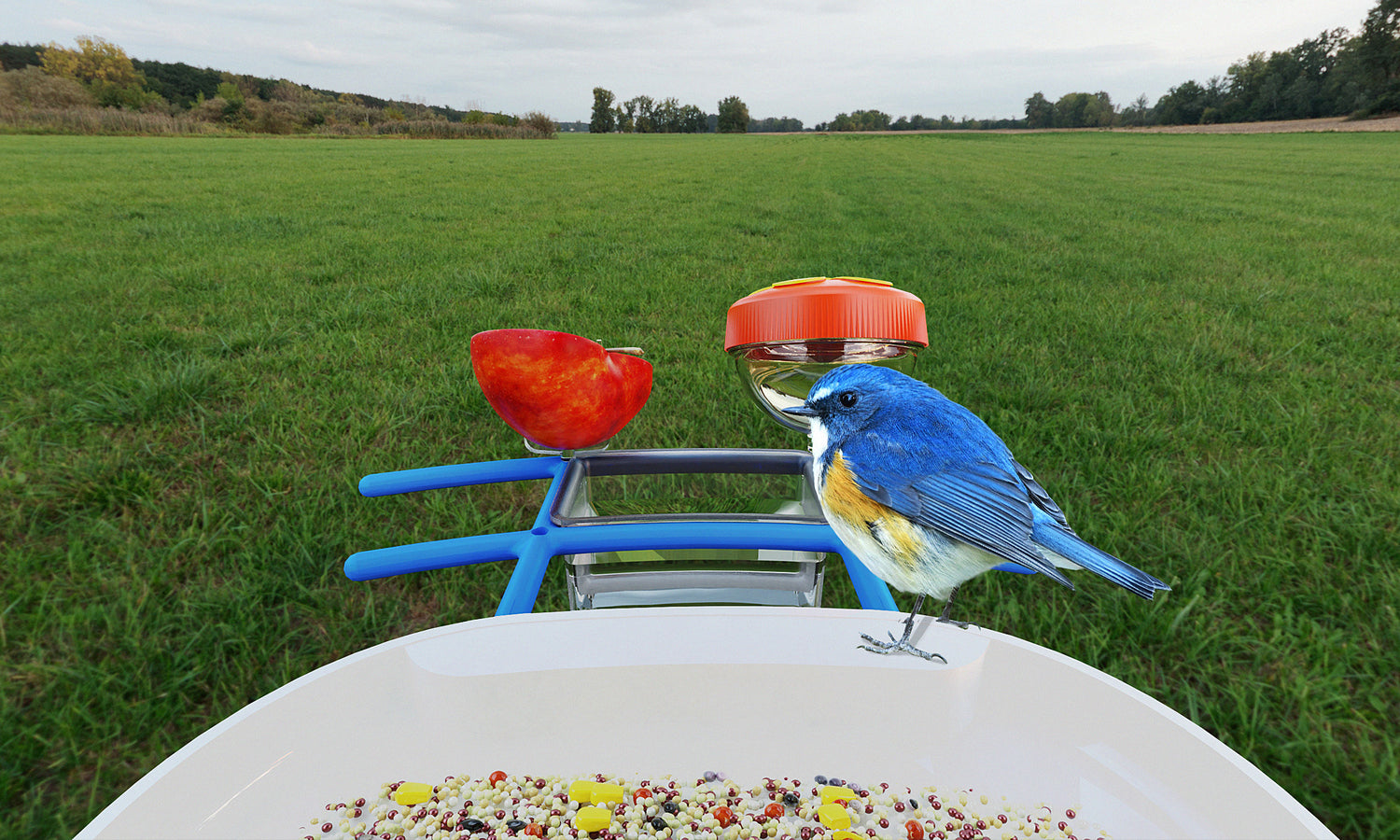
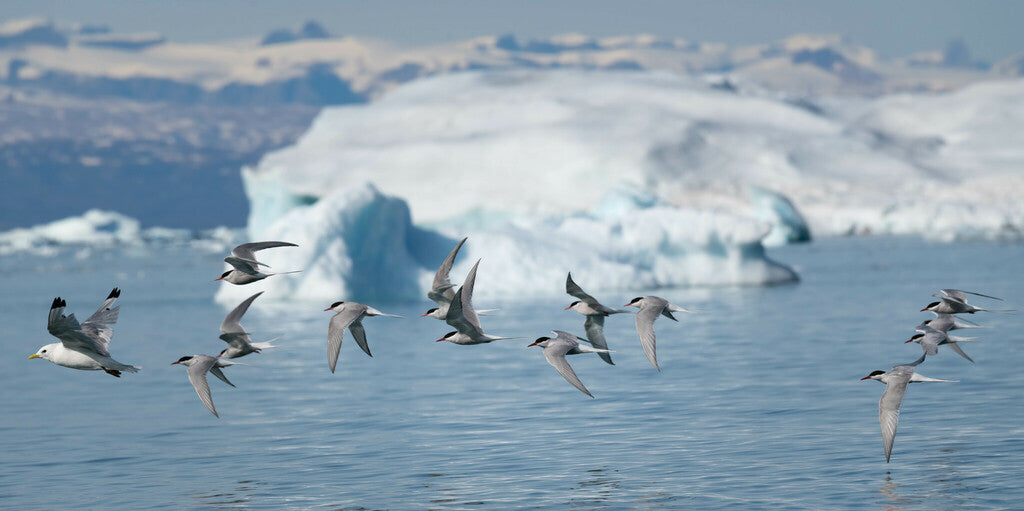
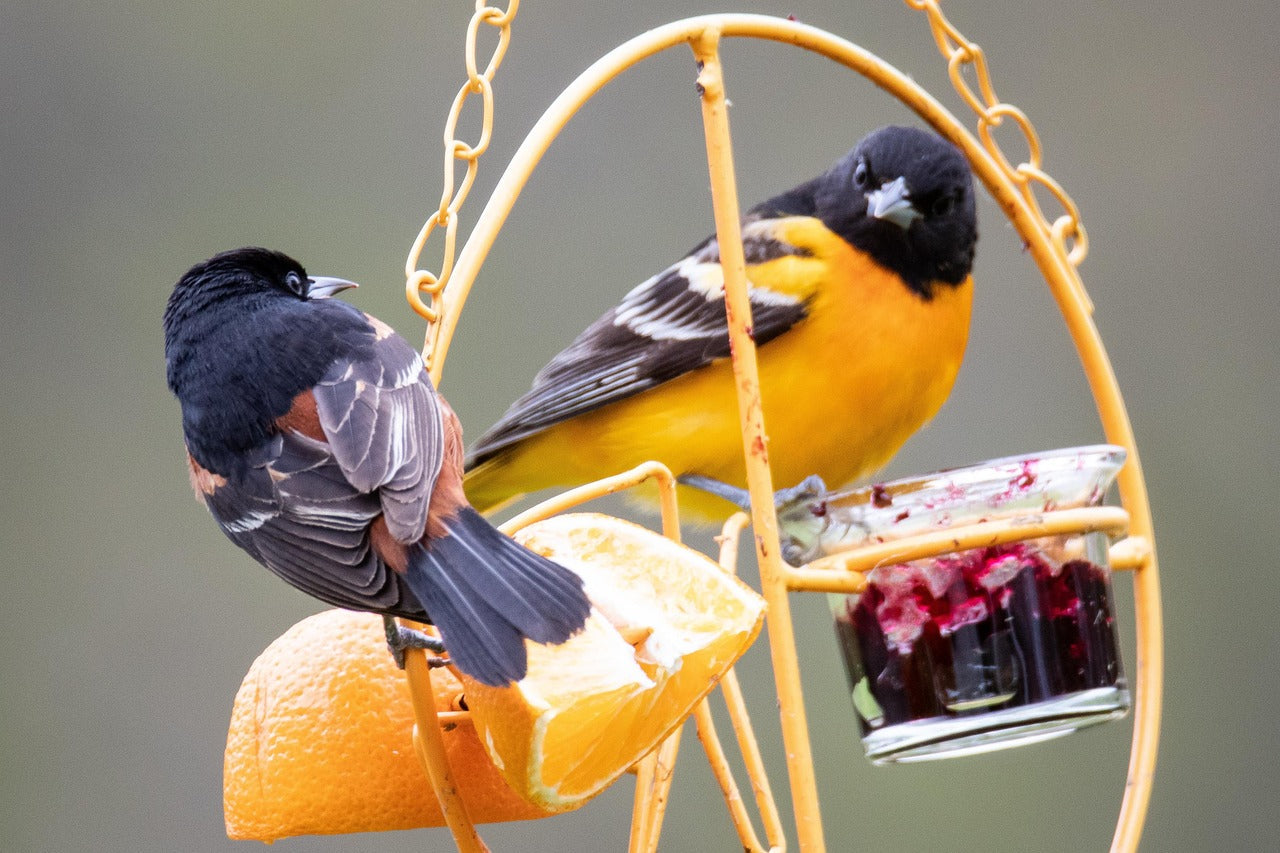
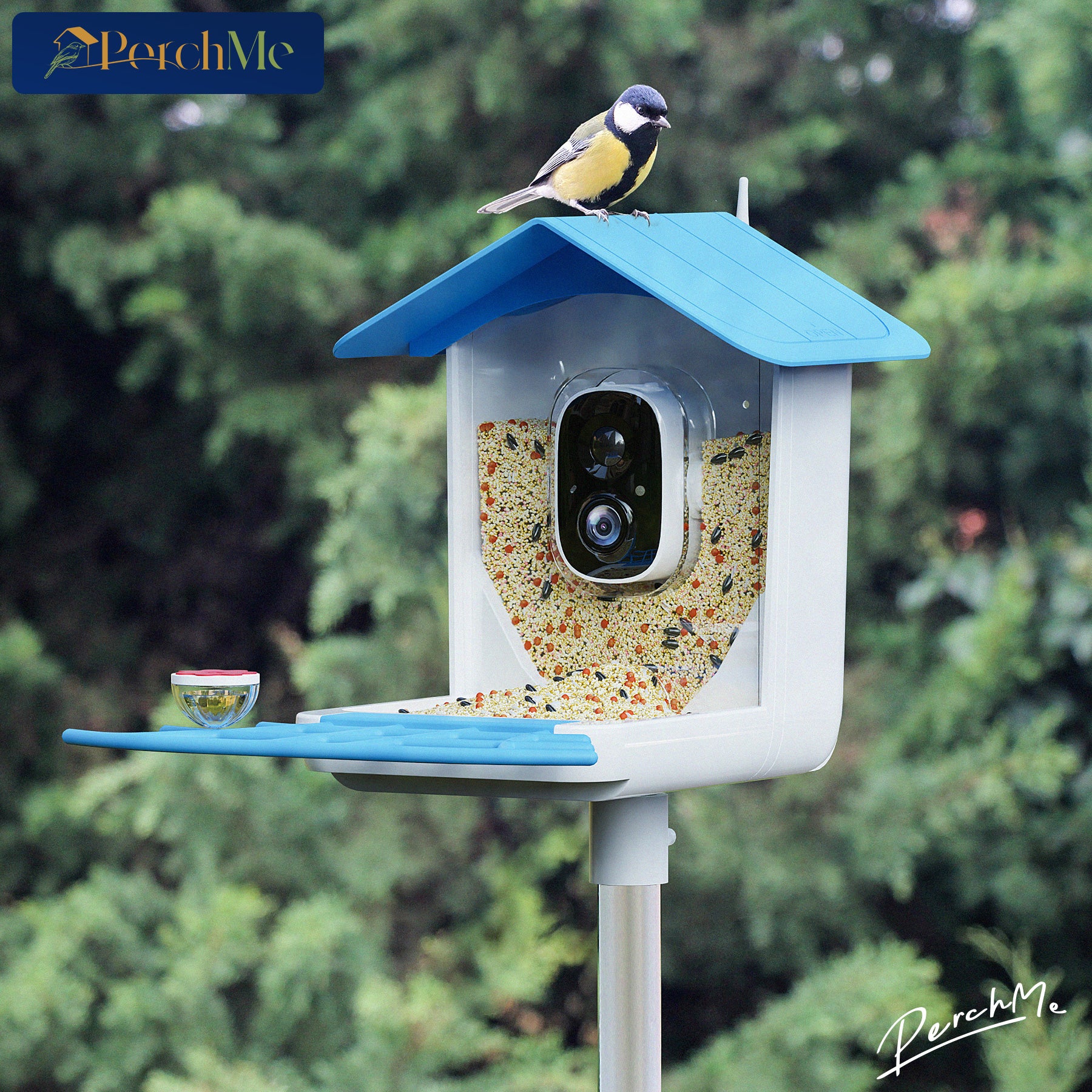
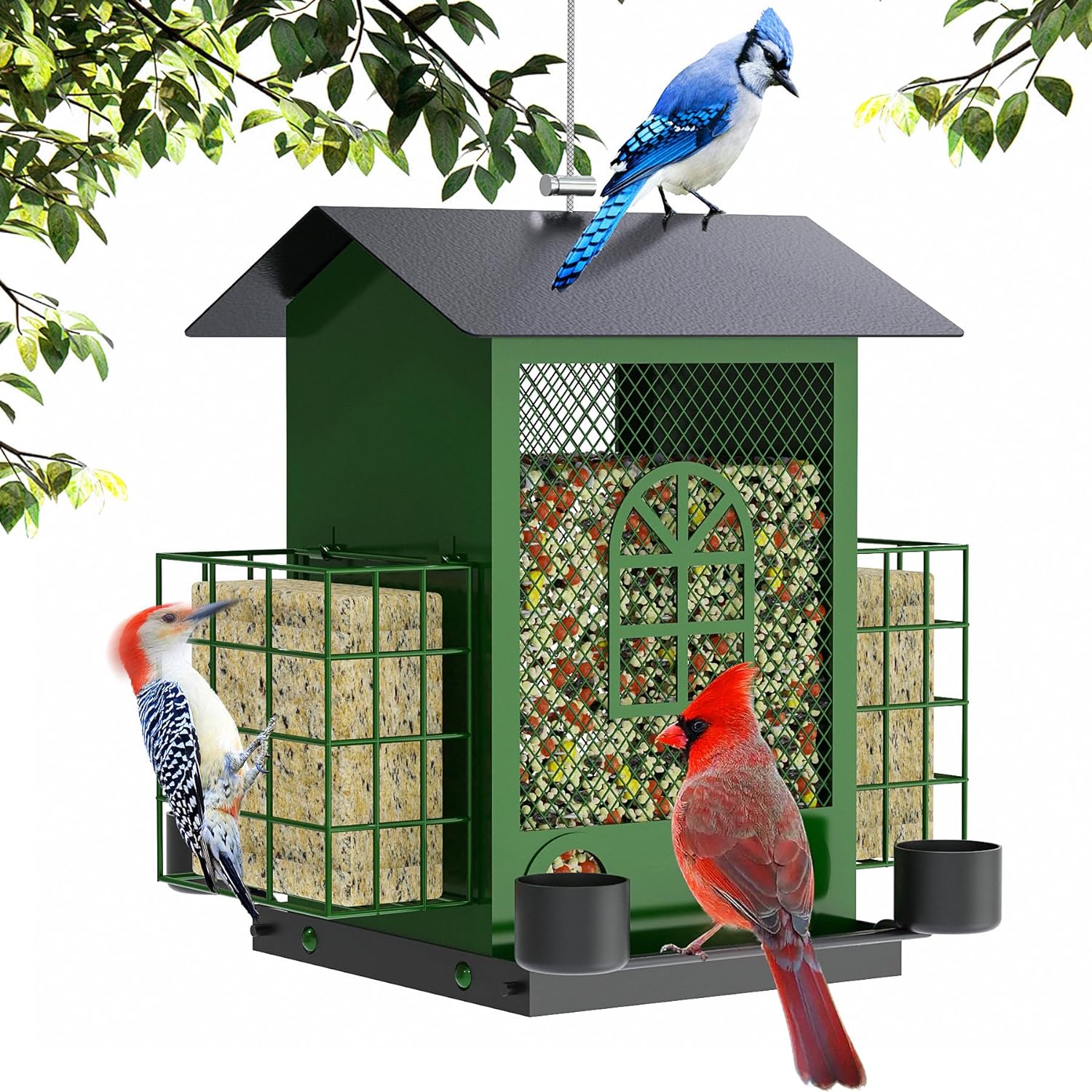









Leave a comment
All comments are moderated before being published.
This site is protected by hCaptcha and the hCaptcha Privacy Policy and Terms of Service apply.